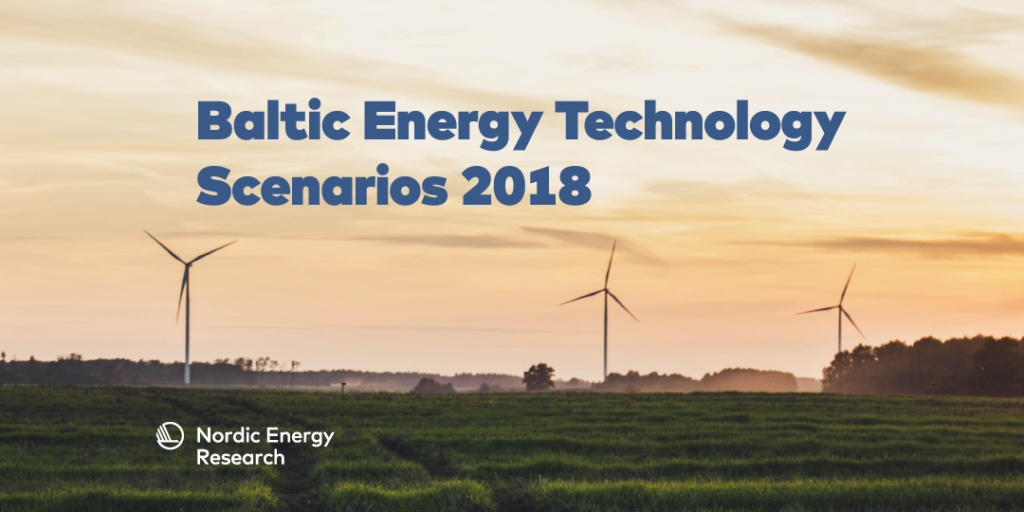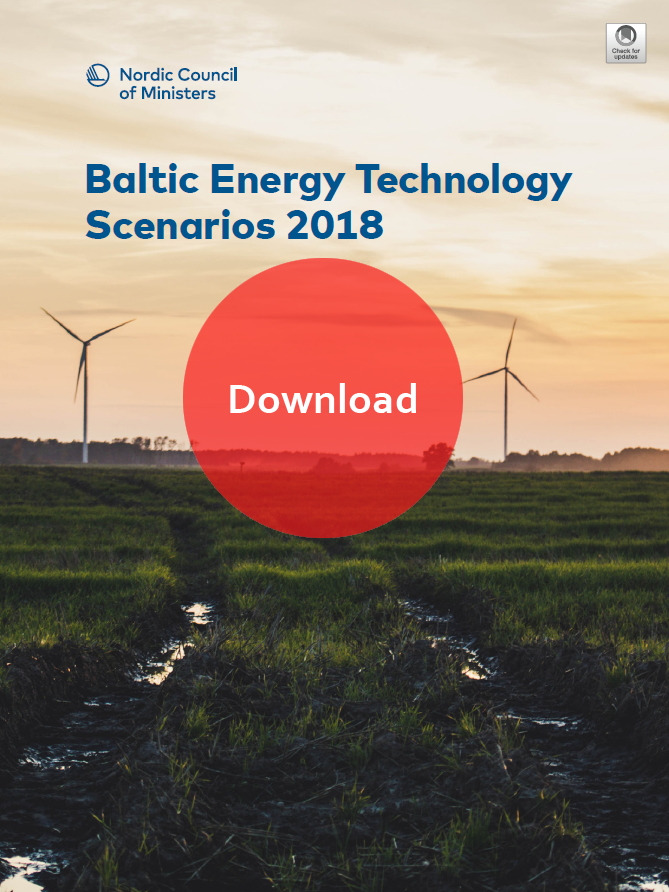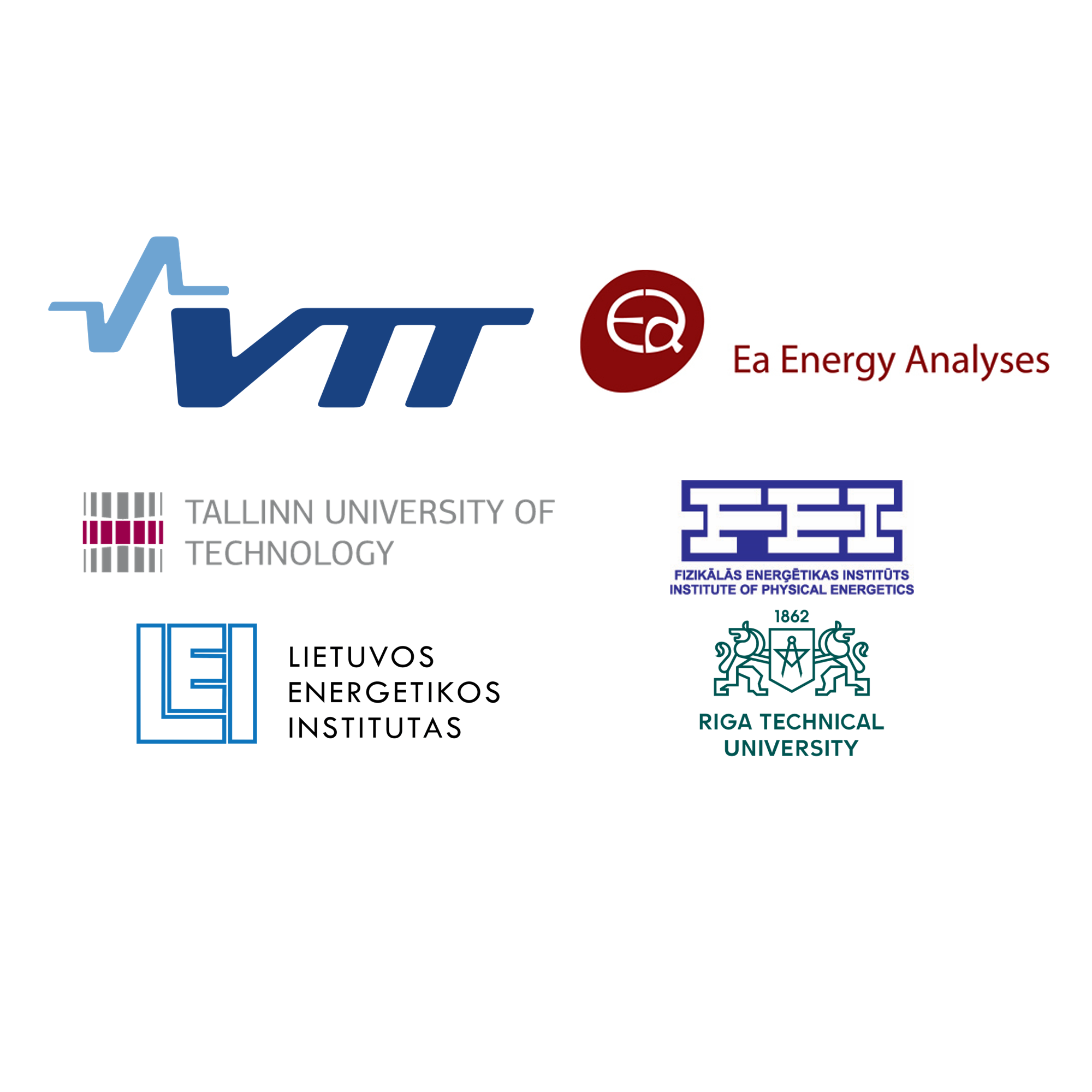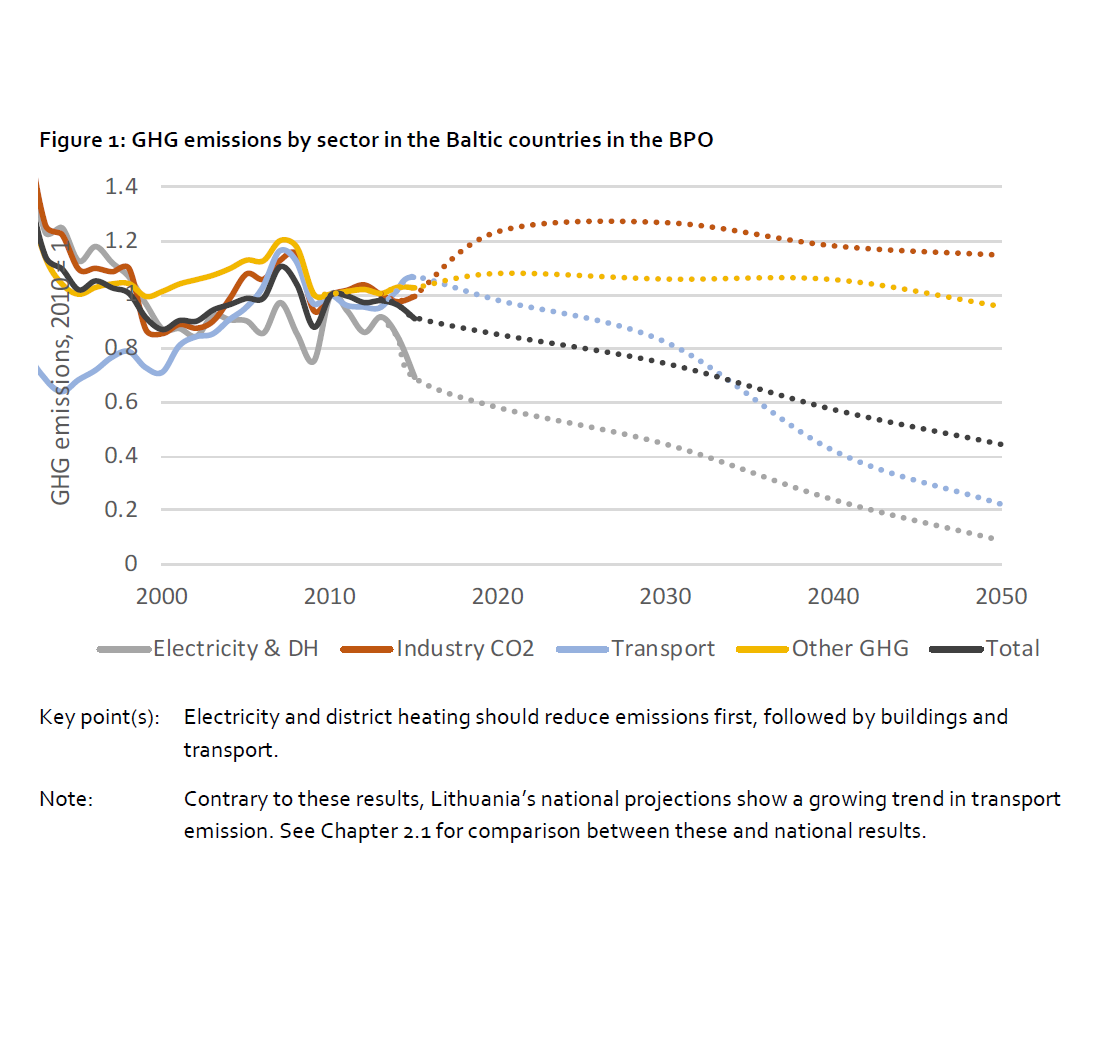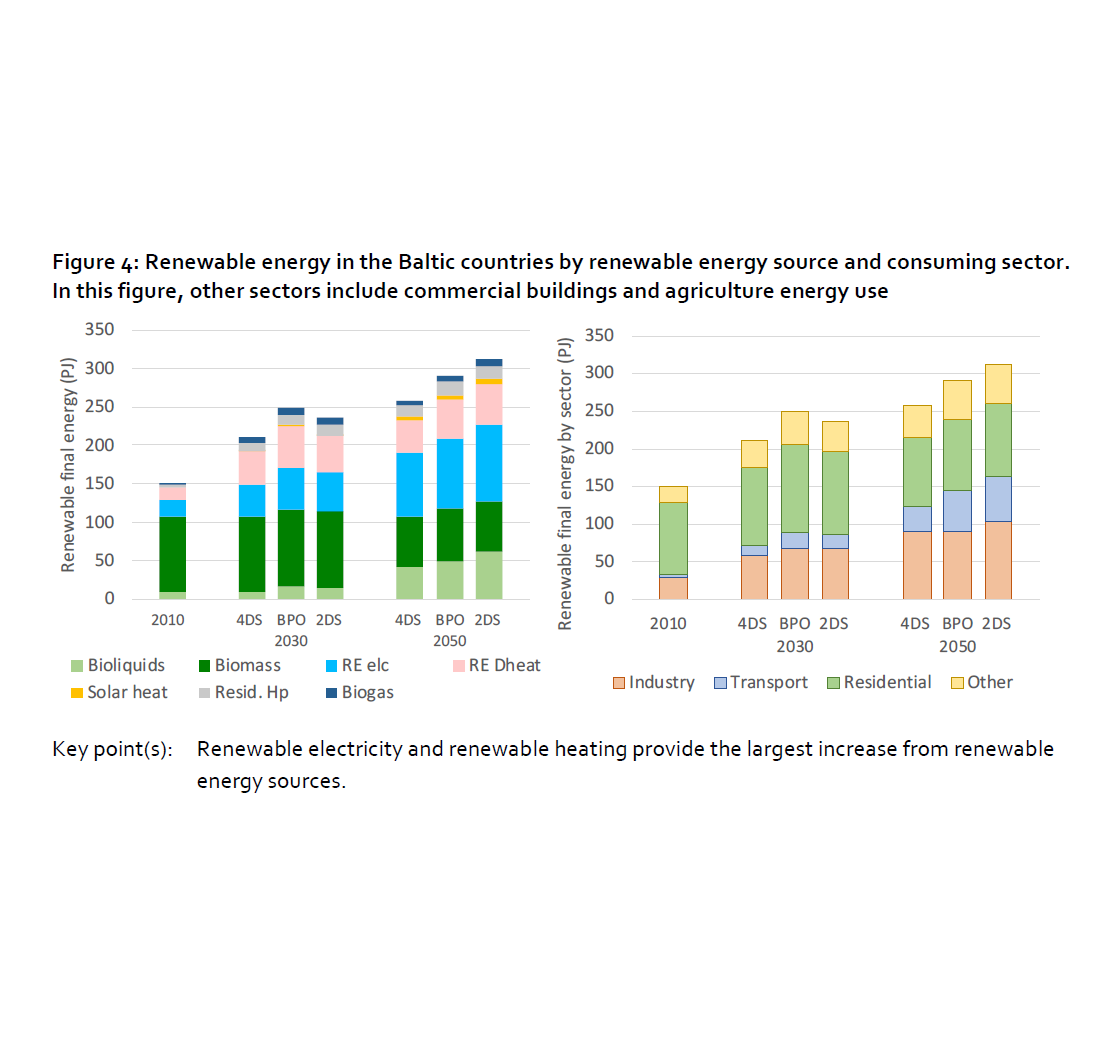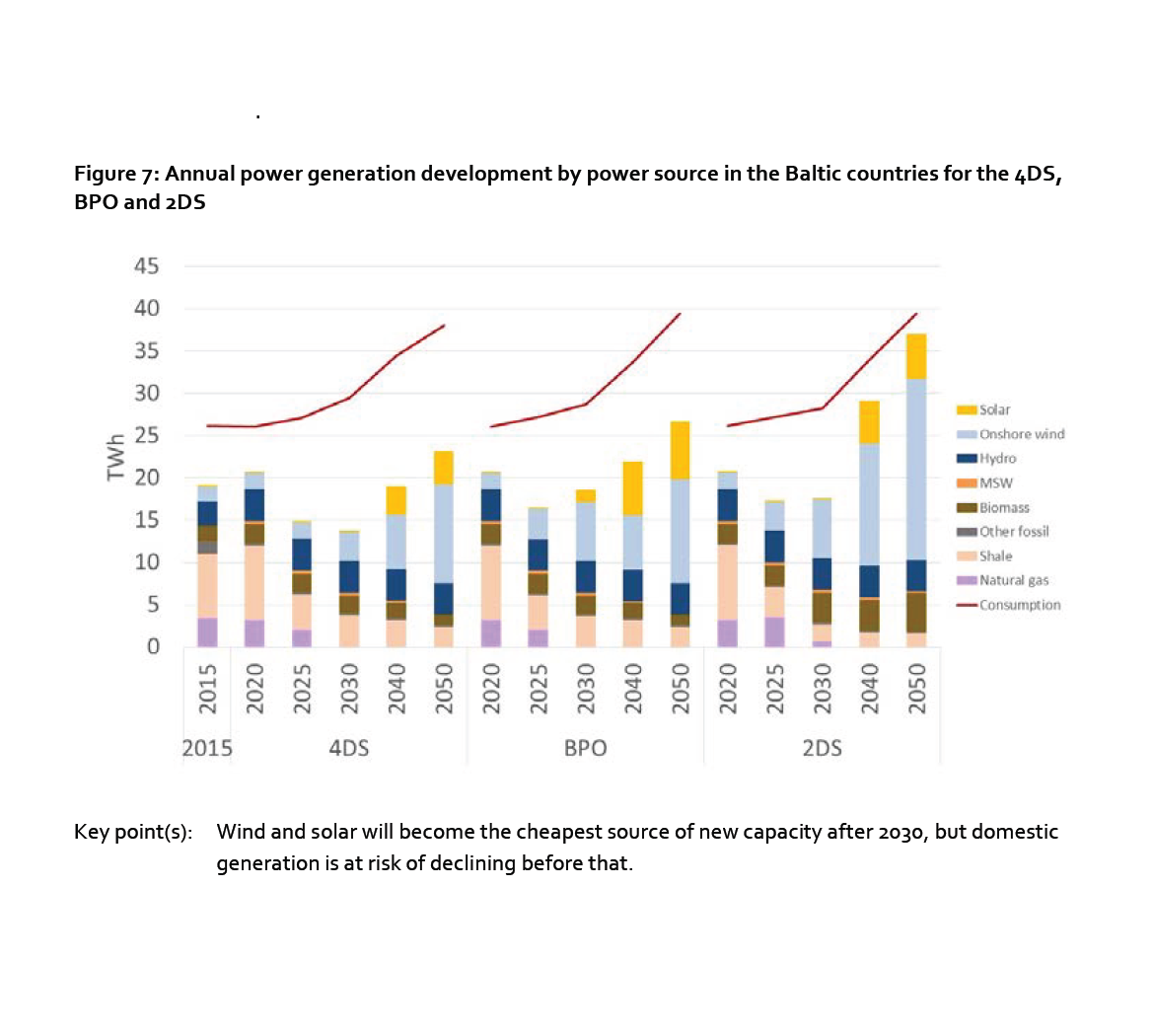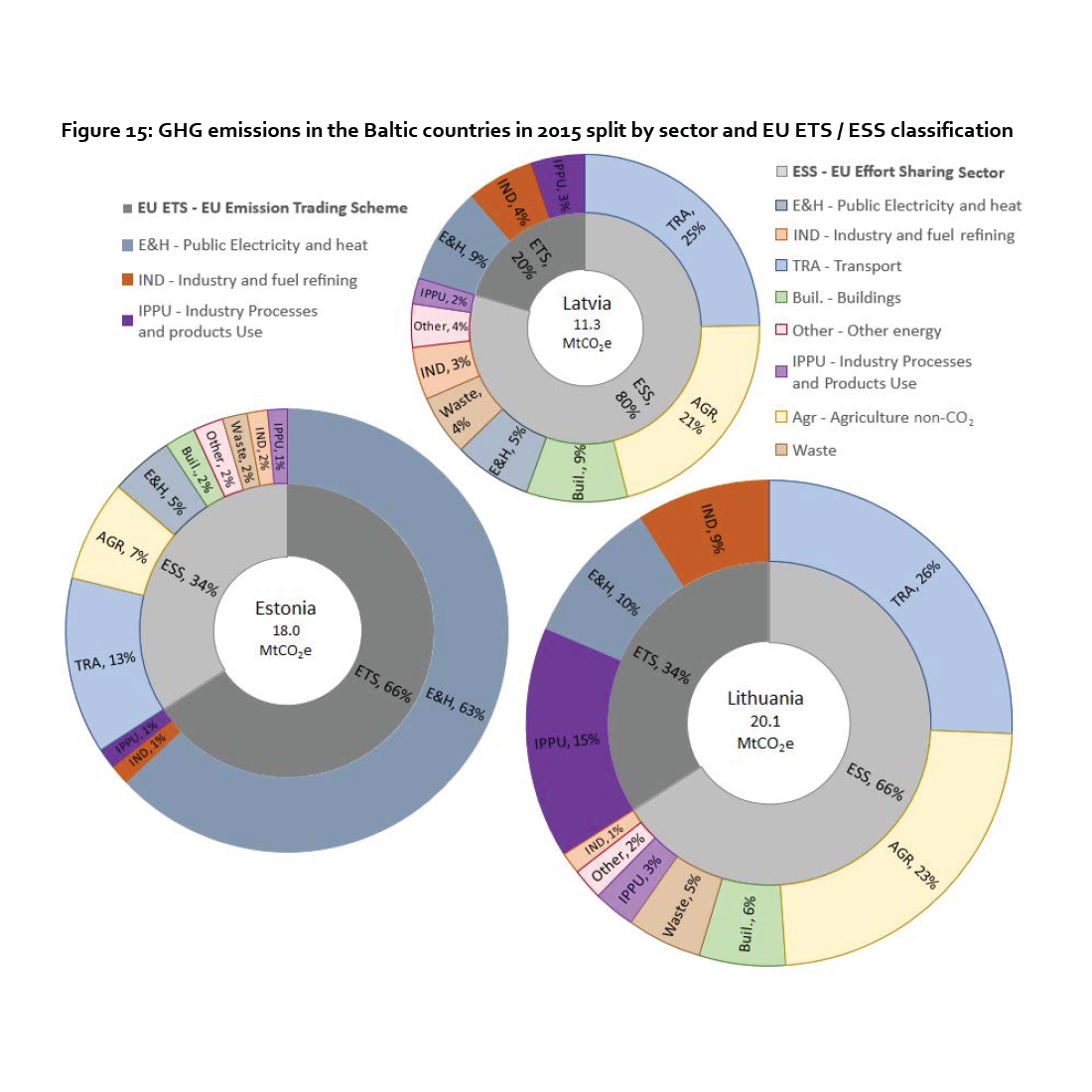Baltic Energy Technology Scenarios 2018
Baltic Energy Technology Scenarios 2018 (BENTE) is a scenario-based energy system analysis that explores the changes in the Baltic countries’ energy systems. What are the drivers and their impacts in…
Baltic Energy Technology Scenarios 2018 (BENTE) is a scenario-based energy system analysis that explores the changes in the Baltic countries’ energy systems. What are the drivers and their impacts in the following decades? What would be required for the Baltic countries to meet their climate and energy targets in 2030, and what development would lead the Baltics towards a 2°C pathway?
The analysis is carried out by VTT Technical Research Centre of Finland and Ea Energy Analyses, in cooperation with leading Baltic research institutes. The project is coordinated and supported by Nordic Energy Research.
Get the report:
Baltic Energy Technology Scenarios 2018 was launched on April 26th, 2018 in Tallinn, Estonia.
Download the report.
Download supplementary material.
Hard copies can be ordered (for free) by contacting Nordic Energy Research.
Scenarios in the report
Three scenarios have been created, providing the analytical framework for the project. The scenarios have been designed with a view to describing realistic consequences of future possible climate policies and to assessing what measures will be required in the Baltic countries to comply with EU climate and energy obligations:
4 Degrees Scenario (4DS)
The 4DS presents a world with moderate ambitions for climate change mitigation. The EU will go forward with its 2030 targets. The Baltic countries will achieve their 2020 targets, but will not adopt any new targets thereafter.
Baltic Policies Scenario (BPO)
The BPO is comparable to the 4DS, but in the BPO we assumed that the Baltic countries’ comply with proposed 2030 ESS (Effort Sharing Sector) targets and national targets to increase their Renewable Energy (RE) shares.
2 Degrees Scenario (2DS)
In the 2DS, we model a cost-optimal pathway to achieving the global two degree target, where the EU complies with its ambition of 80% reduction by 2050. In the 2DS, we do not include Baltic countries’ RE targets for 2030 to be able to study if those are in line or more ambitious than in the 2DS pathway.
Key findings from the report
Greenhouse gas (GHG) reductions should be led by the electricity and district heating sectors, followed by transport, buildings and other sectors. End-use sectors can reduce GHG emissions and increase the RE share through electrification only if the supplied electricity and heat is CO2-free and renewable.
The Baltic countries do not reach their Effort Sharing Sector (ESS) targets in the 4 Degree Scenario (4DS). The most cost-effective measures to reduce ESS emissions are to decrease oil consumption in ESS (most importantly in transport and buildings) and to reduce fossil fuel use in smaller district heating plants.
The Baltic countries could achieve the proposed renewable energy targets using domestic resources. Energy efficiency measures, wind power, biomass, heat pumps, and solar power and heating are estimated to be the most cost-effective ways to increase the renewable energy share.
Electricity consumption is projected to increase due to growing demands and electrification. The largest increase would come from electric vehicles (EVs), followed by industry, heat pumps in buildings and district heat production. Based on the assumptions of this study, the growth could be 17% to 27% by 2030 compared to 2015, and 60% to 65% by 2050.
Renewable energy is becoming the cheapest option for new electricity generation and European electricity systems will undergo a transformation to very high renewable shares in the coming decades. In the absence of sustainable policies to facilitate cost-effective local renewable energy generation, the Baltic countries will become large net importers of electricity.
The deployment of renewable energy would reduce the import dependency of the Baltic countries and provide an effective hedge against high electricity prices. Additional interconnection capacity to the Nordic countries is likely to become economical.
The estimated additional energy system net costs of the Baltic Policies Scenario(BPO) and 2 Degree Scenario (2DS) are reasonably small. The additional costs compared to the 4DS range from 0% to 0.3% of GDP in 2030 and from 0.1% to 0.5% in 2050. The BPO results in higher additional costs at 2030 than the 2DS.
Dig into the details
We at Nordic Energy Research would like to give you the opportunity to “dig into the details”. To make this possible, we have made a site where you can get the input- and output data from the scenario analysis.
Please, enjoy the details from the heat load-curve, run of river profiles or the Estonian total primary energy demand in 2040, at this site.
The launch events in the Baltic capitals
During the end of April and the start of May, Nordic Energy Research visited the three Baltic capitals to present the Baltic Energy Technology Scenarios 2018 (BENTE) study, and to engage civil society, businesses and government in a discussion on the future of the Baltic energy system.
The report was presented in Tallinn, the 26th of April; Vilnius, Lithuania, the 09th of May and Riga, Latvia, the 14th of May. With almost 150 participants at the events, there were lively discussion on issues like the future of the natural gas grid, competitiveness and adoption of electric vehicles, policy frameworks, growth in electricity demand and much more.
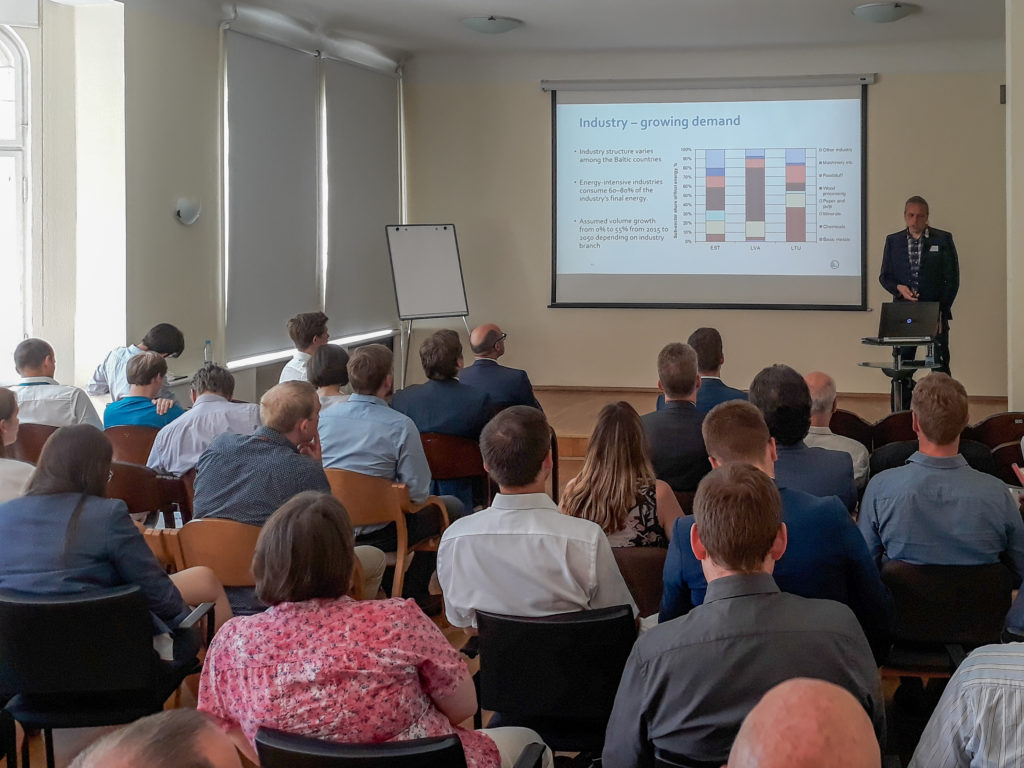
Download the presentation slides:
Get in touch
Comments and questions are welcome and should be addressed to:
Kevin Johnsen
Nordic Energy Research
e-mail: kevin.johnsen@nordicenergy.org
Consultants:
VTT Technical Research Centre of Finland
VTT is one of the leading European research and technology organizations using 4,000,000 hours of brainpower a year to develop new technologies and solutions.
Contact info:
Tomi J Lindroos
Ea Energy Analyses
Ea Energy Analyses is a danish consulting company providing services and performing research in the field of energy and climate change. Experts in mathematical modelling of power and heat systems.
Contact info:
Anders Kofoed-Wiuff, akw@eaea.dk
János Hethey, jh@eaea.dk

